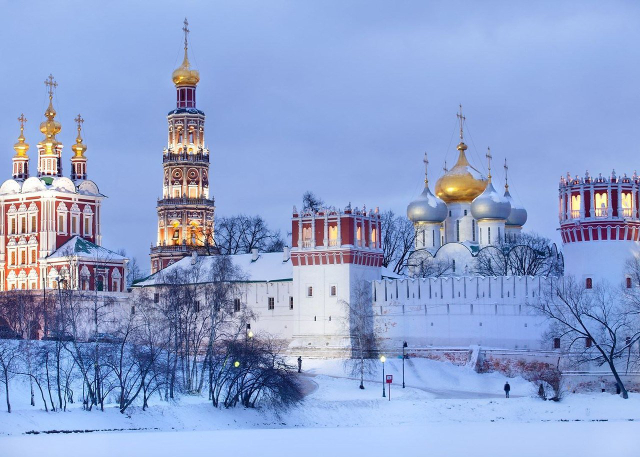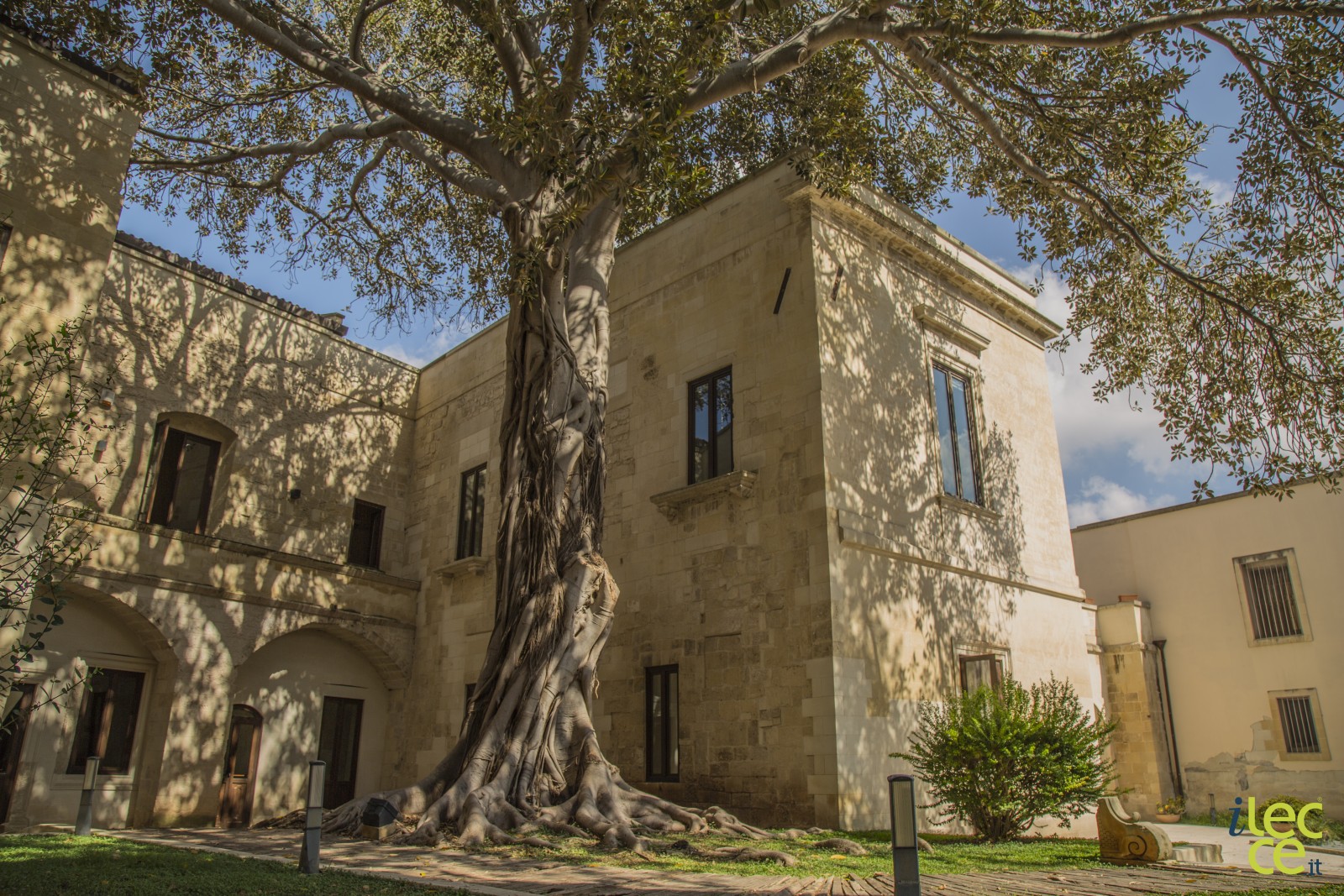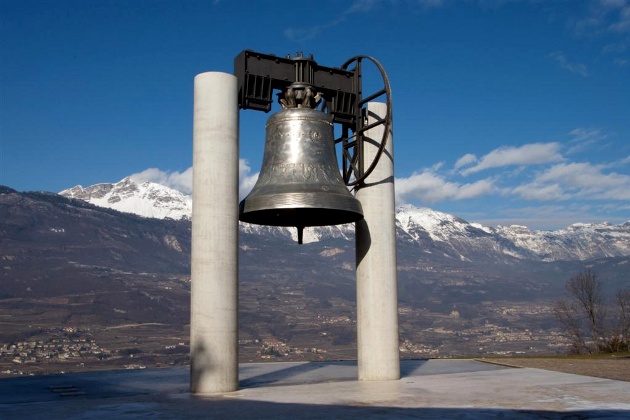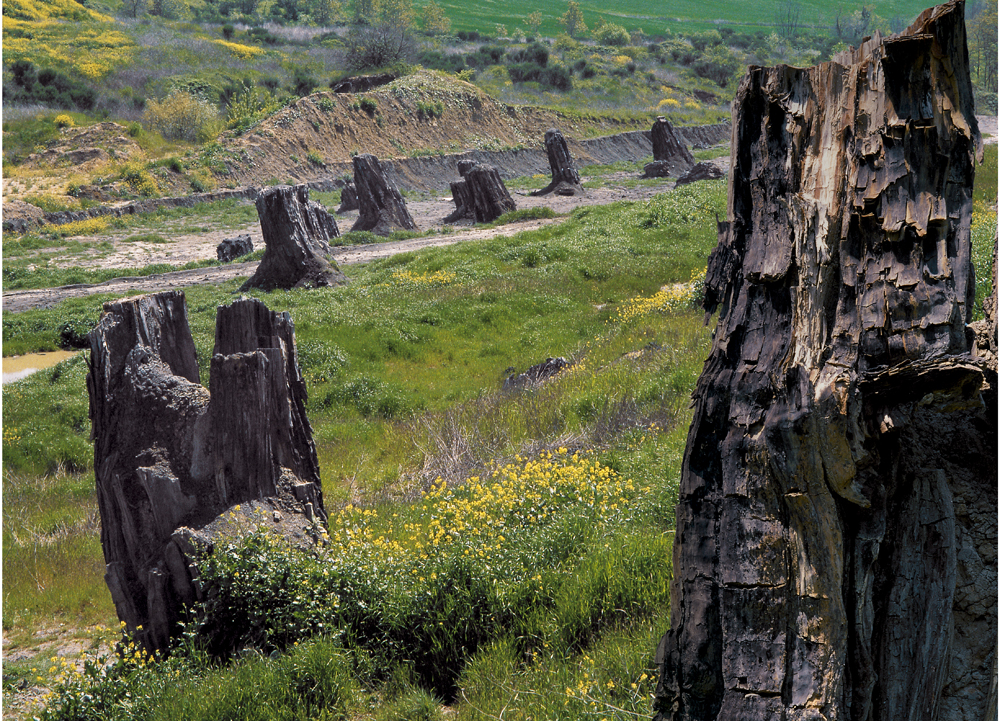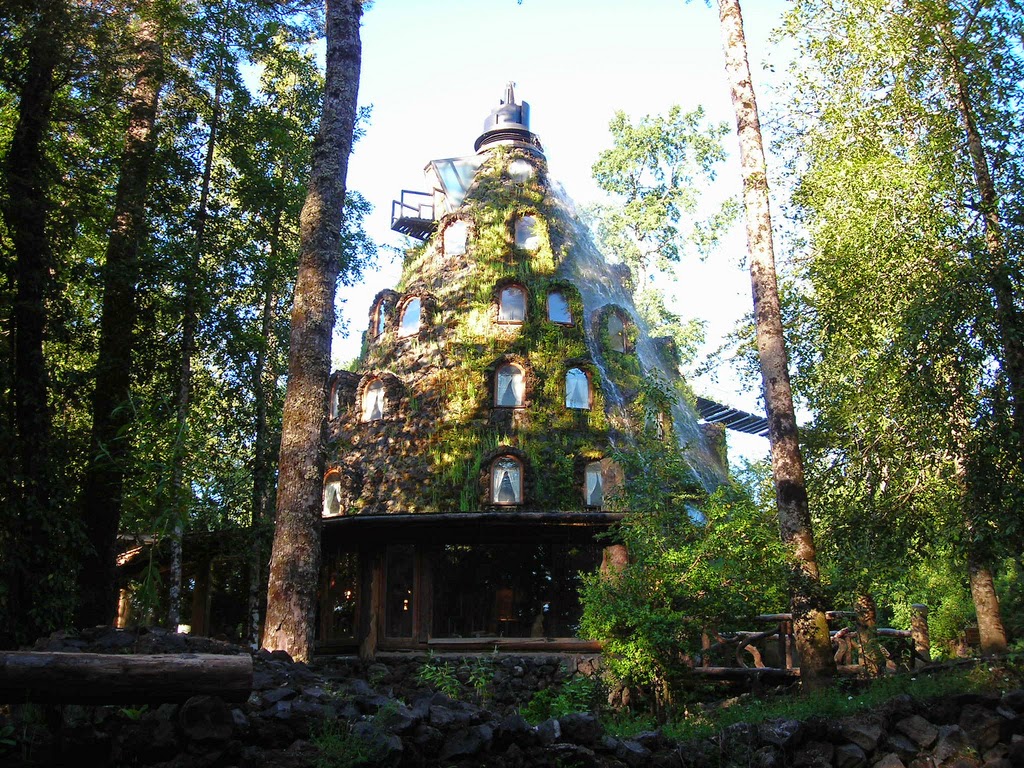Novodevichy Convent and Cemetery – The cemetery attached to this UNESCO World Heritage Convent is the final resting place of some of Russia’s most famous citizens, including Anton Chekhov, Nikita Khrushchev and Boris Yeltsin. Along with the most famous tombs, don’t miss the frescoes that decorate the interior of the Cathedral of Our Lady of Smolensk.Founded in 1524 by Grand Duke Vasily III to celebrate the reconquest of Smolensk against the Lithuanians, the Novodevichy Monastery is one of the most beautiful places in Moscow. It is particularly noteworthy for its architectural harmony, due to its location right on the banks of the Moskva River. The monastery is also famous for its new cemetery, which became the city’s most prestigious in the last century, the final resting place for a number of great cultural and political figures, including Chekhov and Shostakovich.
The monastery served as a fortress guarding the city. Novedichy was strategically placed precisely to protect the main southern access to Moscow at the point where it crossed the Moskva River. The monastery also served as a refuge for powerful women, including the regent Sophia Romanova and Eudoxia Lopukhina, half-sister and first wife of Peter the Great, respectively. During Napoleon’s invasion, thanks to the help of some of the nuns, the monastery withstood the efforts of the French who attempted to tear it down. The convent made notable appearances in Tolstoy’s 19th-century works, as the proposed location for Pierre’s execution in "War and Peace," and as the meeting place between Lyovin and Kitty in the novel "Anna Karenina" (in fact, "the Virgin Park," below the convent’s walls, was Moscow’s most famous skating rink in the 1800s, often frequented by Tolstoy).
After the Revolution, the convent was turned into the Museum of the Emancipation of Women, but it suffered less than many of its counterparts, having been one of the first to be returned to the Church during the patriotic fervor that followed the victory in 1945. The nuns did not return here until 1994. In any case, Novodevichy Monastery, rather than a reigious convent, is considered a treasure-rich monument to show tourists.
The Cathedral of Our Lady of Smolensk is the oldest and most important building in the monastery. It was built at the time of the founding of the monastery, although its dazzling onion domes were added a century later. The interior is decorated with frescoes dating from 1684 painted by Dmitry Grigorev of Yaroslavl. There is also a beautiful wooden iconostasis dating from the same period, but actually brought from the Church of the Assumption in Pokrovka, which was destroyed by the Bolsheviks.
